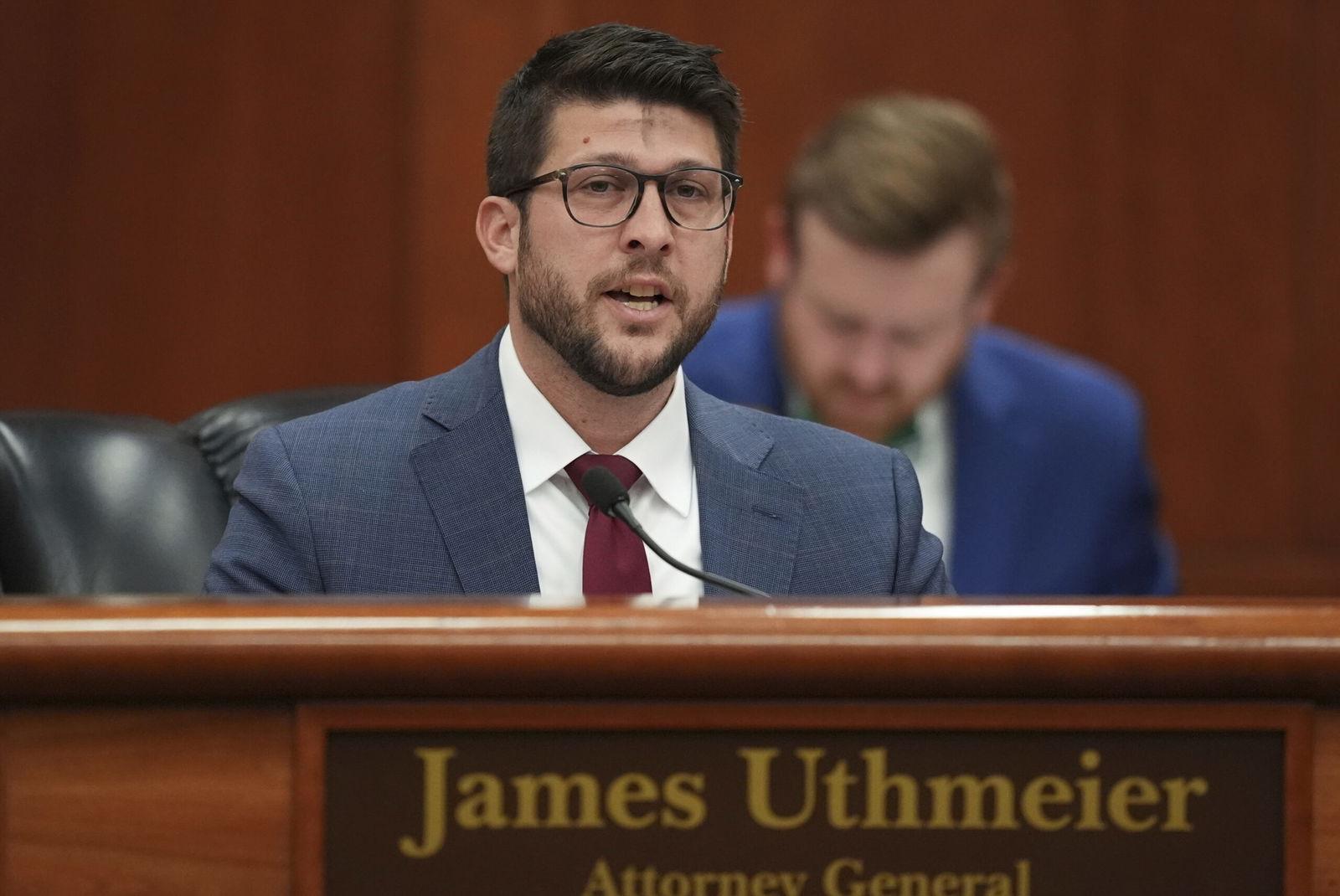In the swirling legal arena where politics and justice intersect, a courtroom drama unfolds as a judge contemplates a potentially explosive sanction: holding Florida’s attorney general in contempt over a contentious immigration law. The tension crackles like static electricity, with legal arguments poised to slice through procedural complexities and challenge the boundaries of governmental authority. At the center of this judicial crossroads, the attorney general’s actions hang in a delicate balance, awaiting scrutiny that could reverberate far beyond the immediate dispute. A federal judge is weighing the potential contempt charges against Florida’s attorney general following contentious legal battles surrounding the state’s controversial immigration enforcement statute. During a recent hearing, the judicial proceedings delved into complex legal arguments regarding potential violations of previously established court orders.
The tension stems from Florida’s aggressive stance on immigration enforcement, which has drawn significant national attention and sparked heated legal debates. Attorneys representing both sides presented intricate arguments addressing procedural nuances and constitutional interpretations.
Specific allegations suggest that the attorney general’s office may have circumvented or disregarded existing judicial directives related to the implementation of the immigration law. These claims center on potential purposeful actions that could be construed as undermining judicial instructions.
Legal experts monitoring the case have noted the potential far-reaching implications of the contempt consideration.The proceedings could establish critical precedents regarding state-level immigration enforcement and judicial compliance.
Witnesses and documentary evidence were extensively examined during the hearing, with both prosecution and defense presenting detailed narratives supporting their respective positions. The judge demonstrated meticulous attention to procedural details and legal technicalities throughout the testimony.
The underlying immigration law, which has been a source of significant controversy, aims to enhance state-level immigration control mechanisms. Proponents argue it addresses critical security concerns, while opponents view it as potentially discriminatory and constitutionally problematic.
Potential consequences of a contempt ruling could include financial sanctions, mandated corrective actions, or other punitive measures against the attorney general’s office. The judicial deliberation focuses on determining whether intentional disregard for court directives has occurred.
Legal analysts suggest the case represents a crucial intersection of state sovereignty, federal immigration policy, and judicial oversight. The nuanced arguments reflect broader national debates surrounding immigration enforcement and jurisdictional boundaries.
The hearing underscores the complex legal landscape surrounding immigration policies, with multiple stakeholders presenting competing interpretations of legislative intent and constitutional limitations. Procedural intricacies and constitutional principles are being carefully weighed.
As the judicial process continues, stakeholders from various legal and political spheres are closely monitoring the potential outcomes. The decision could potentially influence future immigration enforcement strategies and judicial approaches to state-level immigration regulations.
The case highlights the ongoing tension between state-level enforcement efforts and broader federal immigration frameworks, demonstrating the intricate legal challenges inherent in contemporary immigration policy debates.




